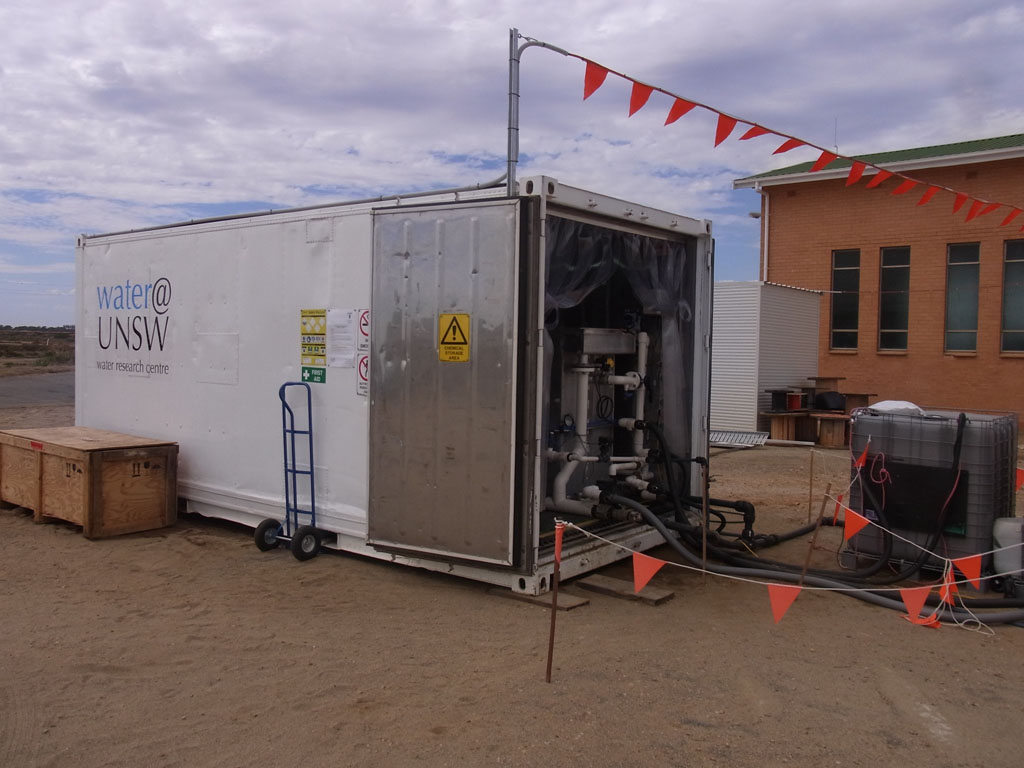Algal and cyanobacteria blooms are of particular concern in drinking water resources due to their adverse impact on treatment processes, as well as their potential to release harmful toxins and taste and odour compounds into water supplies. Waste stabilisation ponds used for the advanced treatment of wastewater are also highly susceptible to algal activity which can limit recycled water production. DAF is commonly employed for algae removal but often times with only limited success. Traditionally, DAF is preceded by coagulation/flocculation in which chemical modification of the algal cell surface and associated organic matter leads to agglomeration of colloidal and dissolved matter to form a floc that is more easily floated. This project will investigate modifying the process by developing a novel polymer that will functionalise the surface of the bubbles generated in DAF such that they are attractive to algae and associated dissolved organic material. Such a modification has the potential to remove the requirement for the preliminary coagulation/flocculation stage. The intended outcome of this research is the delivery of a modified-DAF process offering a more robust, sustainable and economical barrier to algae by increasing algal cell removal efficiency while decreasing chemical consumption and sludge production.
Optimising dissolved air flotation (DAF) for algae removal by bubble modification in drinking water and advanced wastewater systems
University of New South Wales - ARC LP0990189
SA Water
Seqwater
Melbourne Water
Veolia Water
